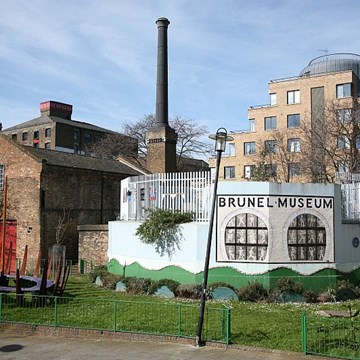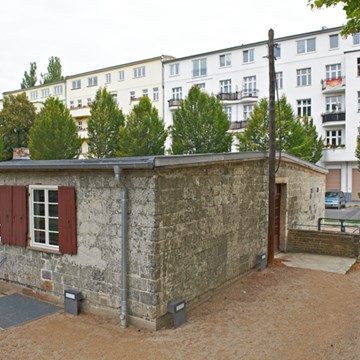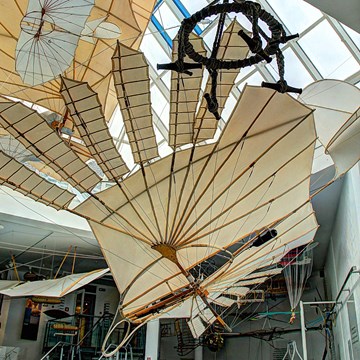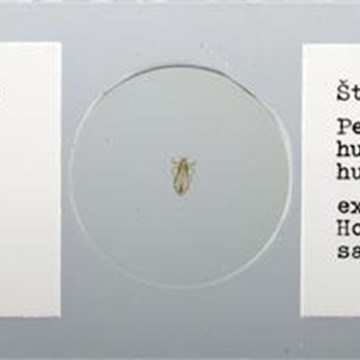Defacing the past: damnation and desecration in imperial Rome
Discover Roman history from a different perspective. This display presents coins and other objects that were defaced, either to condemn the memory of deceased Roman emperors or to undermine the power of living ones.
Like many rulers, Roman emperors used inscriptions, sculptures and coins to project their authority. But the imperial image could be outraged and subverted for political and religious reasons. The memory of Roman emperors and high-ranking officials could be officially condemned after their death through a process known as ‘damnatio memoriae’, meaning that a person’s memory was attacked and largely erased. This was particularly true if rulers were overthrown or executed. Their names were erased and their portraits defaced. Imperial images were also mutilated and destroyed by Rome’s enemies to contest the imperial authority.
The display features a selection of coins, inscriptions, sculptures and papyri that show images and symbols of power being subverted in antiquity. It also includes examples from Egypt, Mesopotamia and Greece, showing that the Romans were continuing a long tradition of desecration of rulers.
From Sejanus in the rule of Tiberius to the decadent Caligula and Nero, and from the disastrous Domitian and Commodus to the soldier emperors of the later empire, follow Roman history from the view of the defacer.
Suitable for
Family friendly
Website
www.britishmuseum.org/whats_on/exhibitions/defacing_the_past.aspx
Exhibitions and events from this museum
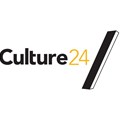
Sutton Hoo and Europe, AD 300–1100
The centuries AD 300–1100 witnessed great change in Europe. The Roman Empire...

Babel, babbling and the British Museum
A gallery talk by Irving Finkel, British Museum. Gallery talks last 45...
Activities from this museum
We don't have anything to show you here.



